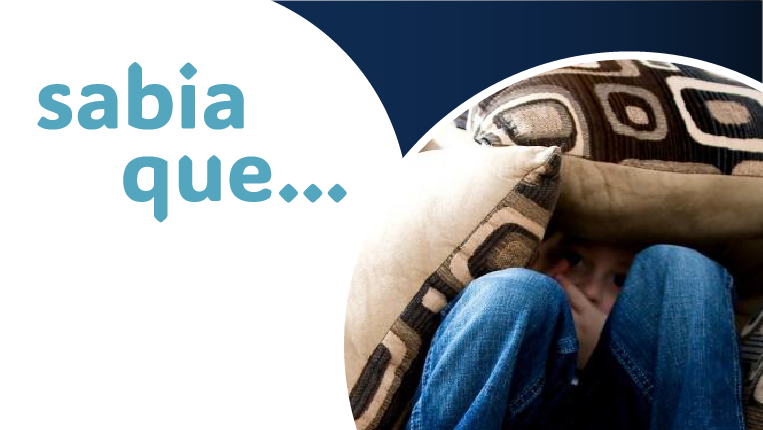What is the distinction between normative fears and pathological fears in children? The difference can be ‘frighteningly’ important! With Halloween coming up, it's normal for fears to be part of the fun! But are all children's fears to be expected?
Normative fears include:
- Fears of strangers, separation from attachment figures, loud noises, the dark, water, small animals and imaginary creatures (such as ghosts and monsters), as well as other specific events or objects that can be frightening but are part of child development.
- These fears typically arise from the everyday experiences of growing children and reflect their developing cognitive and representational abilities.
- Such fears are typically transient and, in the majority of cases, serve an adaptive function.
At what point does the fear become cause for concern? When…
- It is excessive, disproportionate to the developmental stage and persists for a long time.
- It leads to avoidance of the stimulus that causes the fear.
- It causes a lot of distress or interferes with the child's adaptive functioning (e.g. sleep, school, social interactions, etc.).
Seeking help from a psychologist may be important if the fear interferes with routine or causes great distress.
This Halloween, take the opportunity to talk with your children about their fears, welcome their feelings and concerns, and seek counselling if necessary!
References:
Ollendick, T. H., King, N. J., & Muris, P. (2002). Fears and phobias in children: Phenomenology, epidemiology, and etiology. Child and Adolescent Mental Health, 7(3), 98–106. https://doi.org/10.1111/1475-3588.00019
American Psychiatric Association (APA, 2023). Manual de diagnóstico e estatística das perturbações mentais: DSM-5-TR (5.ª ed.). Climepsi Editores.




